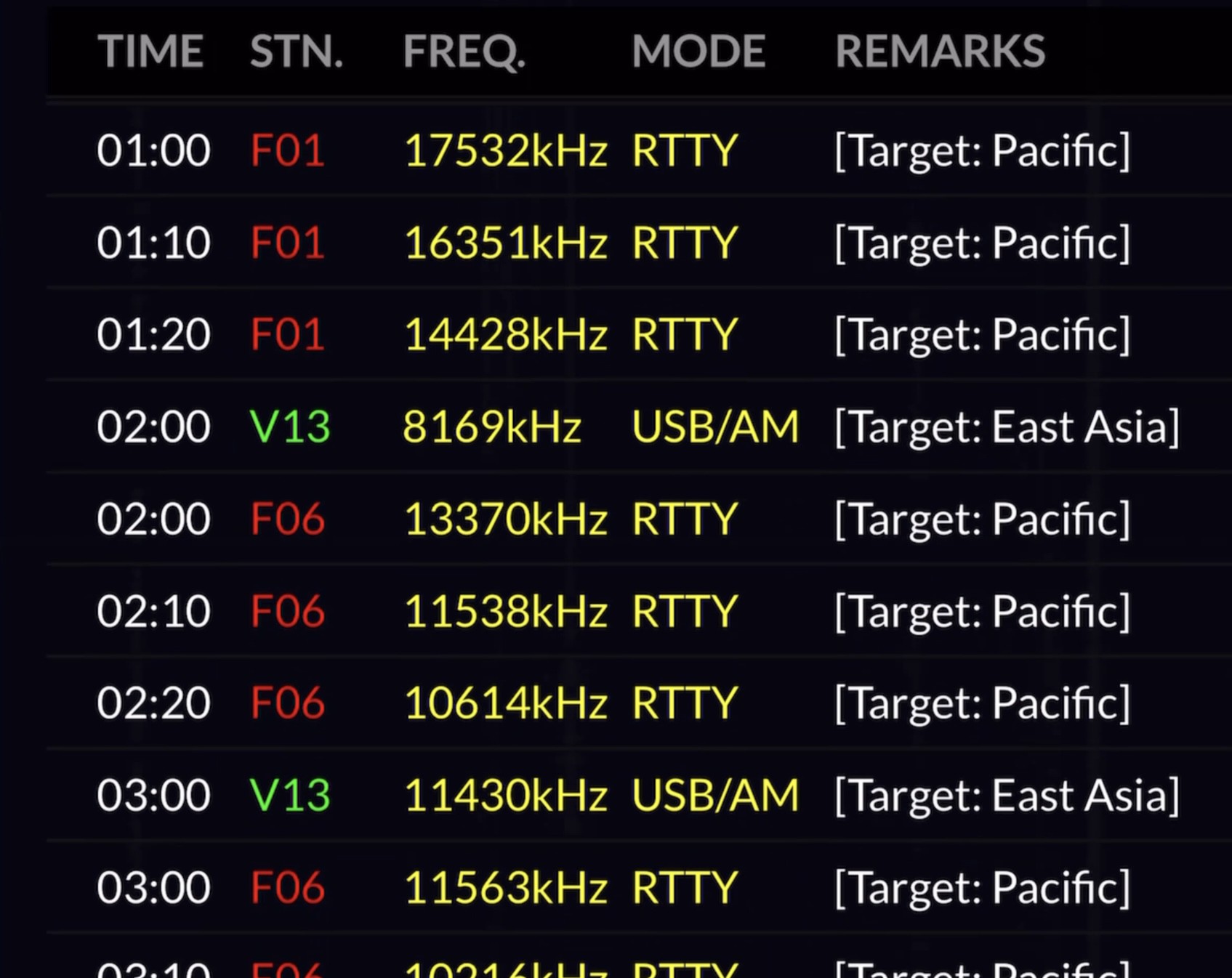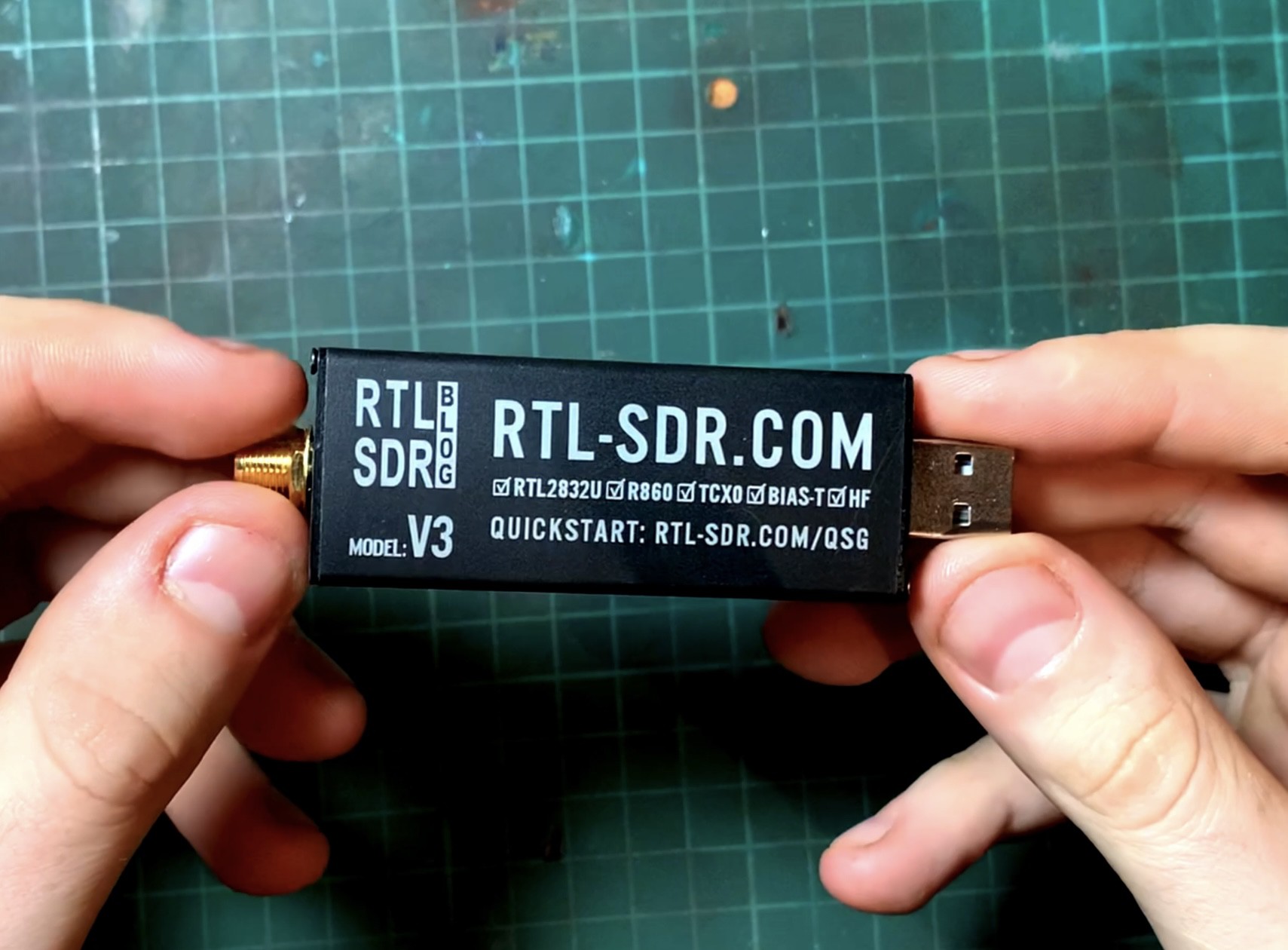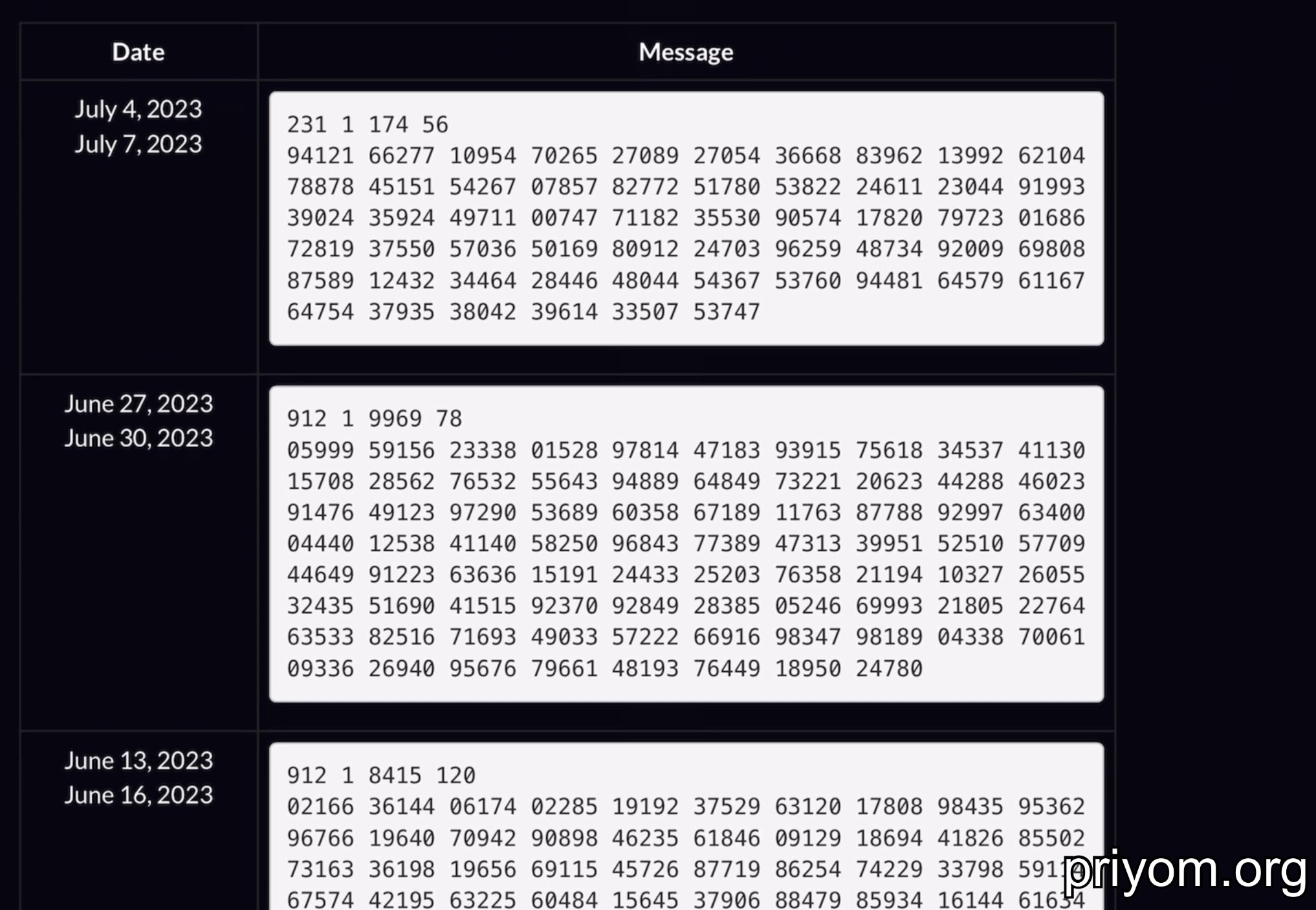Introduction:
Number stations, a relic from the Cold War, continue to intrigue radio enthusiasts around the globe. These mysterious stations, broadcasting coded messages in Morse code or human voice, were used to transmit messages to spies working overseas without direct contact that could be traced. In this project, we explore the use of a tape measure antenna alongside a software-defined radio (SDR) to intercept and record these intriguing number stations.

What Are Number Stations:

The Setup:
To pick up radio signals, we utilize a software-defined radio (SDR) device. This device can be plugged into a phone or computer, and by connecting a suitable-sized antenna, we can tune in to specific frequencies. While a basic antenna suffices for commercial radio stations operating around 100 MHz, number stations typically transmit in the shortwave region at around 10 MHz, requiring a much longer antenna. Here, we construct an antenna using two 10-meter tape measures, creating a tape measure antenna with an overall length of 20 meters.

Constructing the Tape Measure Antenna:
To build the shortwave antenna, we remove the tape measures from their cases and sand the ends to establish electrical connections between them. One end of the antenna is connected to the radio connector, and the rest of it is deployed outside through a window, ensuring a straight line for optimal reception. With the 20-meter tape measure antenna in place, we are ready to explore the intriguing world of number stations.

Picking Up Number Stations:
By researching the time and frequency of upcoming number station broadcasts, (https://priyom.org/number-stations) we can align our setup accordingly. In this example, we focus on the Polish number station E11, which typically starts its transmissions with a series of numbers, such as "333," followed by additional numerical sequences.

Result:
Using the tape measure antenna in conjunction with the SDR, we can successfully intercept and decode these number station broadcasts. Although we are unable to decipher their encrypted content, this project enables enthusiasts to document and study these captivating relics of the Cold War era.

Conclusion:
Through the use of readily available tools such as an SDR and a tape measure antenna, radio enthusiasts can engage in the hobby of intercepting and studying number stations. The combination of a 20-meter tape measure antenna and an SDR allows us to explore the intriguing world of these coded transmissions, offering a glimpse into the secret operations of the past. So grab your SDR, construct a tape measure antenna,...
Read more » Tom Farnell
Tom Farnell
 Scott Bragg
Scott Bragg
 Phil Handley
Phil Handley
 Chrisitan Pedersen
Chrisitan Pedersen
 FedX
FedX